Basset Hound
Basset Hound
America’s Soulful and Scent-Driven Companion
1. Introduction to the Breed
The Basset Hound, securing the #31 spot in the 2024 American Kennel Club (AKC) rankings, is a soulful and scent-driven breed cherished for its droopy ears and laid-back charm. Known for their exceptional sense of smell and distinctive low-slung build, Basset Hounds are ideal for families, seniors, or relaxed households seeking a loyal, easygoing companion. Their endearing appearance and gentle temperament shine in suburban or rural homes, where their leisurely pace and affectionate nature bring warmth and character.
2. History of the Breed
Originating in France in the 16th century, Basset Hounds were bred from hounds like the St. Hubert’s Hound for hunting small game, particularly rabbits, due to their low stature and keen noses. Their name derives from the French bas, meaning “low.” Imported to England and refined, they reached the U.S. in the 19th century, recognized by the AKC in 1885. Bassets gained fame through media, like Hush Puppies’ mascot, and their popularity endures for their hunting prowess and lovable demeanor.
3. Physical Characteristics
- Typical Size and Weight: Basset Hounds are medium-sized, standing up to 14 inches tall at the shoulder and weighing 40–65 pounds, with a long, low body.
- Coat and Color: Their short, dense coat is smooth, in colors like tricolor (black, white, brown), red-and-white, or lemon-and-white, shedding moderately.
- Distinctive Features: Bassets have a long, heavy-boned body, droopy ears, and soulful, sad-looking eyes. Their loose skin, wrinkled face, and short legs give them a distinctive, endearing look.
4. Personality Traits
Basset Hounds are gentle, affectionate, and stubborn, with a calm demeanor that makes them excellent family pets. They form strong bonds with children and familiar pets, enjoying relaxed interaction but may chase small animals due to their hunting instincts. Their vocal nature, including baying or howling, makes them alert watchdogs. Bassets are intelligent but independent, suiting owners who can provide patience and moderate activity to prevent boredom-driven behaviors like excessive howling or digging.
5. Care Requirements
- Exercise Needs: Bassets need 30–60 minutes of daily exercise, such as leisurely walks or scent games. Mental stimulation through tracking activities or puzzle toys engages their keen noses.
- Grooming Needs: Their coat requires weekly brushing to manage shedding, with regular cleaning of ears and facial wrinkles to prevent infections. Nail trimming and dental care maintain health.
- Dietary Considerations: A balanced diet with high-quality proteins supports their energy, with portion control to prevent obesity, which strains their long backs. Foods with omega fatty acids promote coat health.
6. Health and Lifespan
Basset Hounds have an average lifespan of 12–13 years. Common health issues include obesity, intervertebral disc disease due to their long backs, ear infections, and hip dysplasia. Regular vet checkups, weight management, and a healthy lifestyle mitigate risks. Owners should monitor for ear odor, lameness, or bloating and avoid activities involving jumping to protect their spines. Genetic testing from breeders reduces hereditary concerns.
7. Training and Socialization
Bassets are intelligent but stubborn, requiring patient, positive reinforcement training with treats or praise. Their scent-driven nature can distract them, so short, engaging sessions work best. Early socialization ensures comfort with strangers, children, and other animals, reducing shyness or excessive baying. Teaching commands like “quiet” and “stay” helps manage their vocal tendencies. Scent-based activities or tracking games channel their instincts, preventing boredom-related behaviors.
8. Ideal Home Environment
Basset Hounds thrive in homes with secure yards, ideal for suburban or rural settings where they can explore at a leisurely pace. They suit relaxed families or individuals who enjoy short walks or scent games. Apartments can work if exercise needs are met, but their vocal baying requires management in close quarters. Owners should provide a calm, secure environment to prevent wandering and protect their low frames from injury.
9. What’s the Best Toy for My Basset Hound?
Basset Hounds enjoy toys that suit their scent-driven, laid-back nature and moderate energy. Scent-based puzzle toys with treat compartments engage their exceptional noses, providing 15–20 minutes of indoor mental stimulation. Soft chew toys made of gentle rubber satisfy their mild chewing instincts, ideal for 15–20 minute sessions. Plush toys with squeakers mimic prey, encouraging light tossing or carrying for 10–15 minute play bursts, though supervision prevents tearing. Sturdy balls for gentle rolling tap into their tracking instincts, suitable for short outdoor sessions. Avoid toys requiring jumping to protect their backs. Rotate toys regularly and pair with scent games for engagement.
10. Adoption and Breeder Tips
Choose breeders affiliated with the Basset Hound Club of America, ensuring health clearances for hips, eyes, and spine-related conditions. Visit the breeder to assess puppy health, meet parents for temperament insights, and confirm ethical practices, including socialization and clean facilities. Rescues like Basset-specific organizations offer adoptable dogs, often with known histories. Avoid puppy mills, as Bassets are prone to health issues if poorly bred. Ask about genetic testing, socialization, and the breeder’s experience with companion or hunting lines to ensure a healthy, well-adjusted dog.
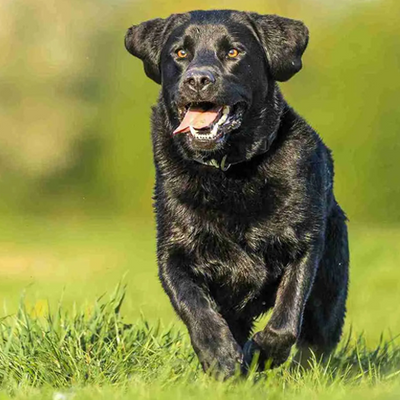
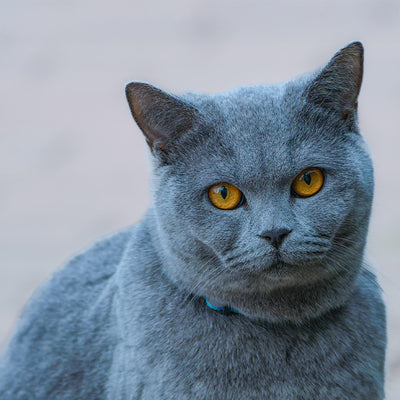
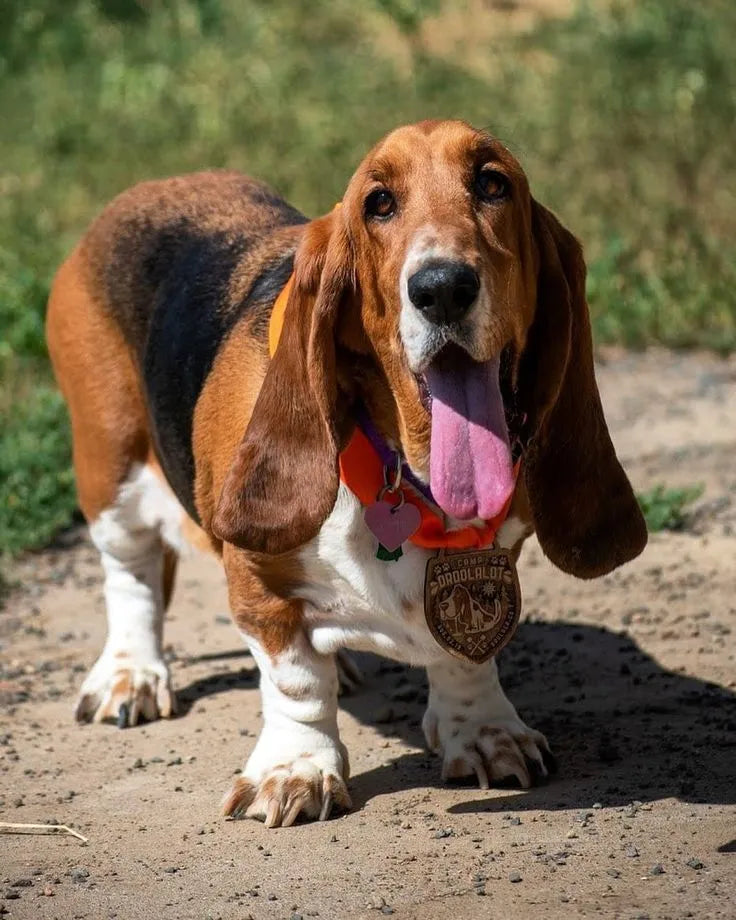
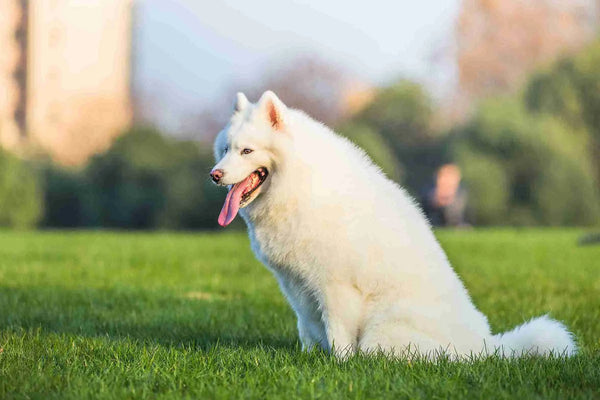
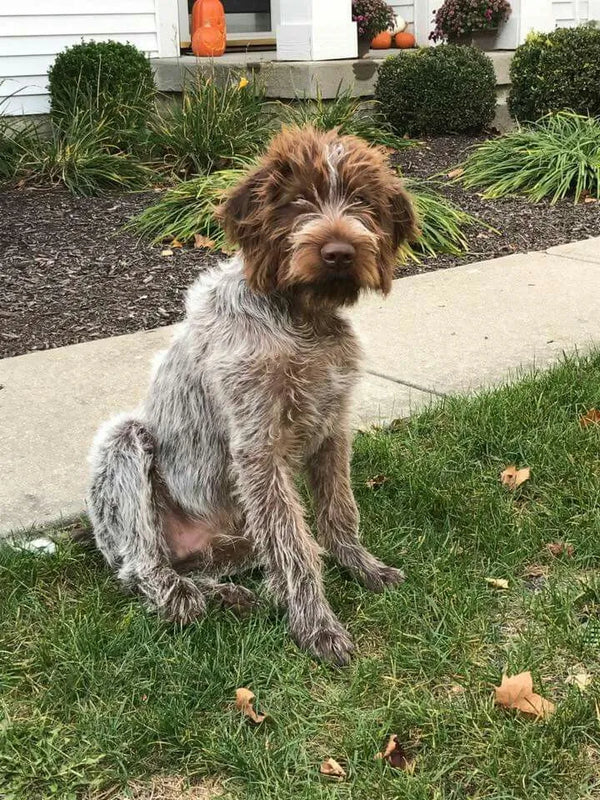
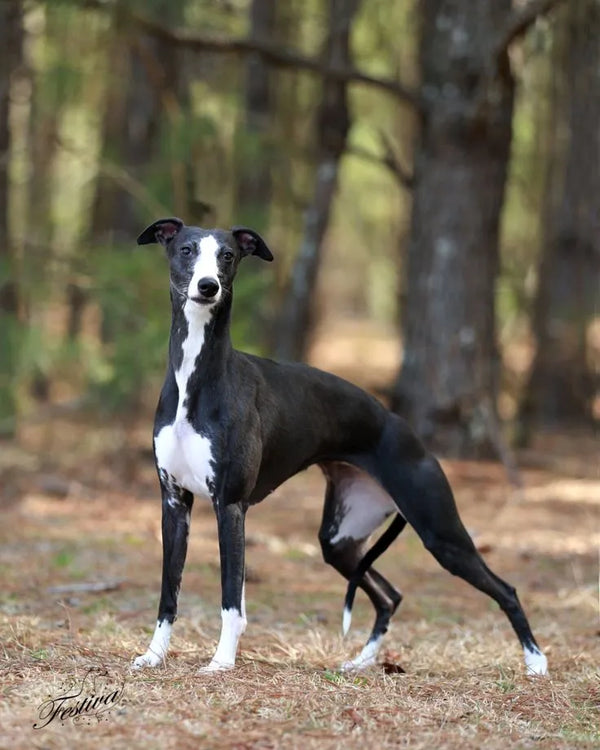
0 comments